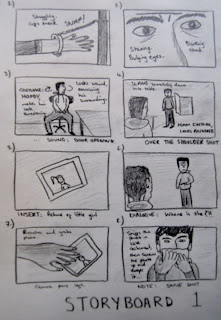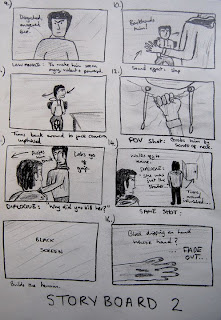Friday, 15 April 2011
Monday, 21 March 2011
Evaluation
• In what ways does your media product use, develop or challenge forms and conventions of real media products?
I think that our thriller is a very conventional thriller, due to the typical roles of the antagonist and protaganist and the fast music and editing. The roles of the antagonist and the protagonist however are ambiguous until the end of the intro, this adds a sense of mystery, which is very conventional of mystery or psychological thrillers.
The editing and music is very fast paced. The editing cross cuts between the two characters constantly, with no shot lengths longer than a second or two. The music is very industrial, with a fast drum beat and underlying menacing feel to it. This is very common in most thrillers, as it builds up tension to thrill the audience, and quickens the pace of the movie in general.
We challenged the typical roles of both of the characters by making them both male. This is seen in a lot of thrillers, but typically, especially in more mainstream thrillers, the protaganist tends to be female, as they are stereotypically more vulnerable and weaker than men.
• How does your media product represent particular social groups?
Our thriller represents some moral issues in modern youth. They are obviously just ordinary teenagers, due to the way they speak to each other. For instance "Hey, come on in man, coffee?" isn't a very sophisticated phrase, not that shows a lack of intelligence in the characters, it just represents that they are just common teenagers.
However the fact that one of them quite clearly has psychological problems brings out a range of possible issues concerning the youth of today. One explanation for this could be too much time playing computer games, which is something that has been seen in the news, where a teenager gets easily influenced by violence on the TV or in a computer game. Another could be that he was bullied by the other teen, and is simply acting out on a vendetta. Another explanation that he is just an adolescent experiencing a lot of issues, and his imagination is running wild. The difference between him and other teenagers however is the fact that he has act out his fantasies.
The thriller could be about any of these, if it had been made into a full length feature however, we would have kept the reason behind his mentality hidden, to create a sense of mystery.
• What kind of media institution might distribute your media product and why?
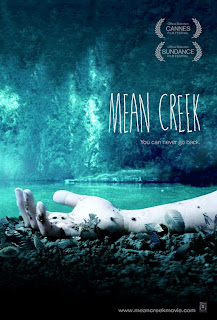

I think that any film institution interested in low budget, indie movies, would be interested, particularly 'Whitewater Films', as they produced such films as the the 2004 feature 'Mean Creek', directed by Jacob Aaron Estes. An indie film that is not very heard of, and deals with the aspects of bullying and revenge, as well as the consequences. It might even attract the attention of such companies like 'Paramount', who produced 'Donnie Darko' in 2001, directed and written be Richard Kelly, which also deals with adolescent mentality.
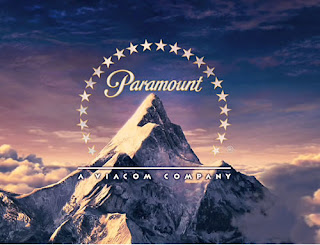

• Who would be the audience for your media product?
There is not a direct audience for this movie, we aimed to make suitable for all, however it would probably mainly attract other teens, as they would find it easier to relate to.
I think the audience for the film would also be the sort of people who watch less mainstream films, as it deals with very controversial subject matters, so anyone from teenagers to middle aged people. I don't think that it would attract the attention of elderly people particularly, as they would probably find it harder to relate to modern life.
• How did you attract/address your audience?
To make attractable to youths we decided to locate the film in a surburban, terrace house, which any english, middle class teenaged could relate to. Also the fact that both of the main characters are youths themselves, makes them attractable to our main target audience, as other teenagers can easily relate to their actions and thoughts.
• What have you learnt about technologies from the process of constructing this product?
Through the process of making our thriller opening, we picked up a lot of new knoledge on the way. Although we already had good experience in using cameras in filming, and simple editing, which I personally think gave us an advantage, there was a lot of new software we had to use, as we edited the film through the school's software, Adobe Premiere.
We learnt how to insert titles more effectively, instead of simply placing them in the opening or closing credits. We also learnt how to use the sound a lot better, we never really considered it before, however now we had to insert a soundtrack, that we learnt how to do. Also, with the sound, we learnt how to edit the volume, for instance, we were able to make the non diegetic sound quieter when one of the characters was speaking, and then how to make build up towards the end and get louder.
• Looking back at your preliminary task, what do you feel you have learnt in the progression from it to the full product?
We thought out the shots a lot better for one, for example, during the speech in our thriller, we had the camera on the character speaking, whereas before we didn't. The shots were a lot more fluent in our thriller; it was easier to follow the plot than the preliminary task, apart from the aspects of the thriller we wanted to be vaguer, which was purposefully done.
I think, one important aspect of film making we learnt from making our preliminary task, was the importance of using a tripod. Our preliminary task was quite shaky in a lot of the shots, whereas our thriller was a lot sturdier.
We also improved our time management with the thriller, we filmed it way before the deadline so we had more time to edit it, and find out if there was anything that needed re shooting, which made the whole experience a lot more relaxed. We also planned what we needed for the film, and the locations, before shooting. Although before, in the preliminary task, everything was a lot more rushed.
Improvements

We eventually found a peice of musicby an artist named Daniel Catorino, the peice was called 'Lia e o Moleiro' of his album 'O Rio e o Moleiro'. We decided to use this as our soundtrack.
The track we found was perfect for our clip as it was quite fast paced, and industrial, similar to soundtracks from such thrillers as 'Se7en'. It also builds up, the slow burning way it did suited the way the plot is revealed at the end of the movie, adding to the suspense.
 When inserting the music into our clip during the editing process, we used Adobe Premiere. This allowed us to edit the volume of the peice at different stages. For example, we dipped the sound during the part of the thriller containing speech, so it was easier to hear the voice, at the end of the peice we increased the volume to it's full extent, so add to the build up in tension.
When inserting the music into our clip during the editing process, we used Adobe Premiere. This allowed us to edit the volume of the peice at different stages. For example, we dipped the sound during the part of the thriller containing speech, so it was easier to hear the voice, at the end of the peice we increased the volume to it's full extent, so add to the build up in tension.
Re Shoot
The only part of the film we had to re shoot was the final shot. We decided to this because we thought the shot was not sturdy enough and had to be steadier. It also was not not obvious enough that the character I played was actually dead.
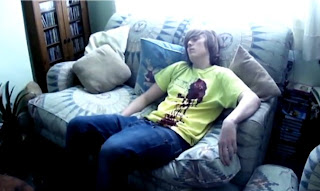
To improve these elements, we re shot the shot over an over again. Untill we found a shot that was smooth enough to be edited in. We bought some extra props before hand as well, ketchup and red food colouring, so that we could perfect the blood. The food colouring helped make the colour stand out so there was clearly a lot of blood, and we used the ketchup for the texture, making the blood look thick, so it almost look real.
Monday, 14 March 2011
Thriller- Version 1
Risk Assessment
Final Storyboard
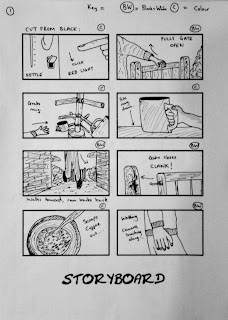
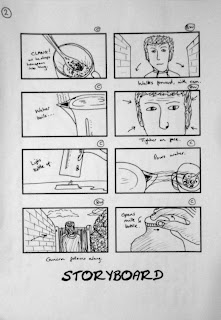
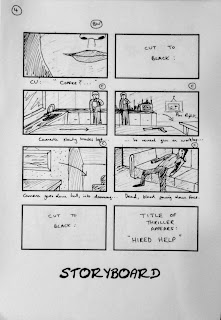
Sunday, 13 March 2011
Planning: Props
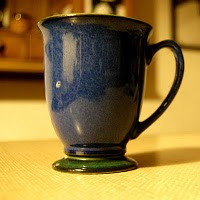
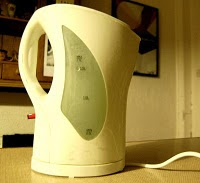
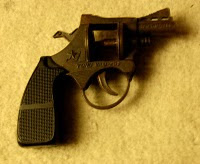
Planning: Locations

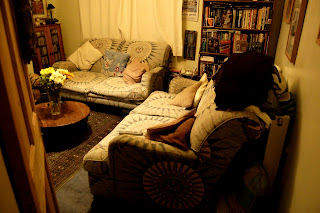
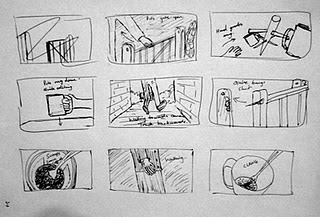
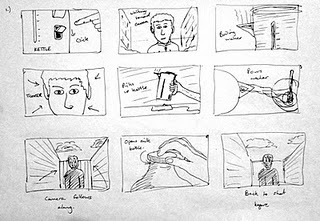
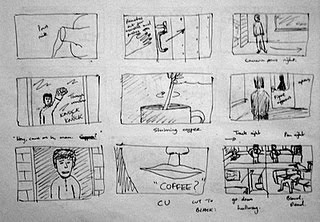
Saturday, 12 March 2011
Audience Research: Questionaire
Friday, 11 March 2011
Thriller Directors
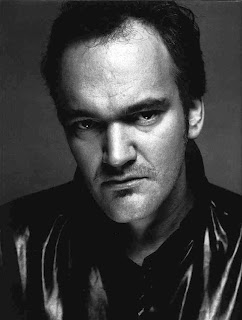
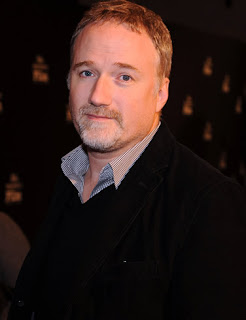
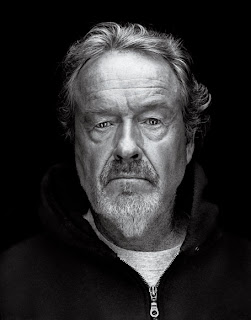
Thursday, 10 March 2011
Thriller Sub Genres
Saturday, 12 February 2011
Thriller Codes and Conventions
The pace of the cuts in a thriller usually increases at parts of the film that contain more action, so that the shots are shorter and more ambiguous. This is so that the audience become more intrigued, and to build up the tension in these parts of the film. The pace usually builds up in the parts of the film with a villain in, this makes them more mysterious and unknown, and adds to the suspense.
Sound
Usually when something is being unreveiled in a thriller, like a major plot twist, or when the film becomes more action packed, fast paced non diegetic music will usually appear in the film to quicken the pace and build up tension.
Camera
Close up shots tend to be uses in thriller, usually on a victim before they are killed/captured, this makes their surroundings mysterious. This puts the audience on the edge of their seats, intending to frighten or thrill them, as they can not see what is behind, or anywhere around, the victaim. This means that when something drastic happens all of a sudden it will be more of a shock.
Lighting
The lighting in a thriller will be normal, except for some scenes, where it will become low key and dark, this creates a juxtapostion between the other scenes. This makes the normal everyday scenes, become more of a contrast, between darker and more twisted scenes, or crime scenes.
Characters
A thriller will often revolve around one main villain, who's identity will usually be unknown, untill the end of the film. This creates a lot of suspence throughout of the film, and keeps the audience thinking about where the film plot is going.
Thrillers often contain a 'damsel in distress', either towards the end of the film or throughout the whole film. This will be a character, usually a woman, as they stereotypically appear more vulnerable, who gets captured or put in danger and needs to be saved. This gives the audience someone to sympathise, and puts them on the edge of their seats, building up a lot of tension.
Plot
Thrillers are usually set in realistic, identifiable locations. This is again, so that the audience can identify with the movie, and also so that the film builds up and takes you different darker locations, a contrast is created and shocks/thrills the audience.
Thriller Openings
Friday, 4 February 2011
Thursday, 3 February 2011
Preliminary Task- Preparation
